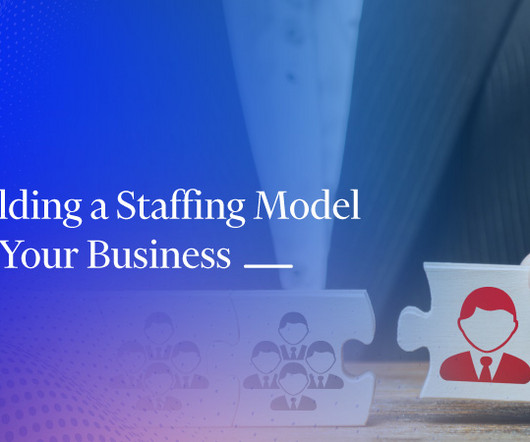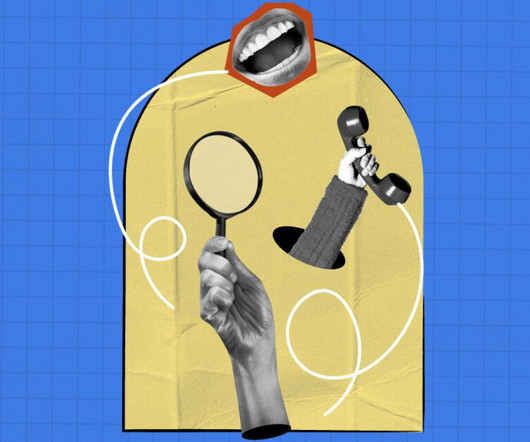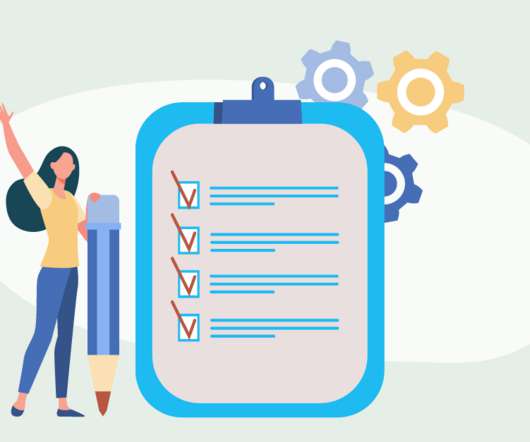How to Build a Staffing Model for Your Business
Replicon
AUGUST 10, 2023
This is where a staffing model can help. A staffing model helps the HR department envision its future staffing needs and build a roadmap to fulfill them promptly. Businesses can use the staffing model to hire, maintain, and retain the talented workforce that they would need definitely or indefinitely for various projects.





















Let's personalize your content